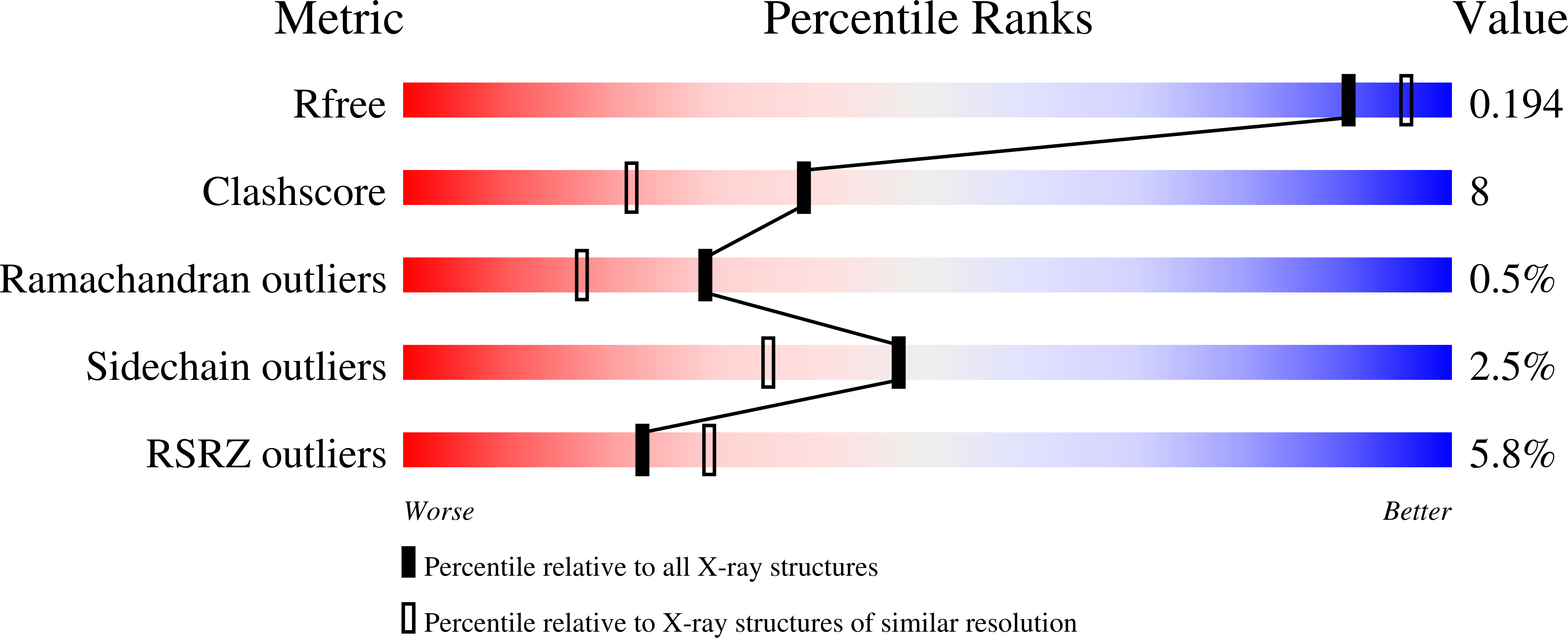
Deposition Date
2005-12-03
Release Date
2006-02-14
Last Version Date
2023-08-30
Entry Detail
PDB ID:
2F8P
Keywords:
Title:
Crystal structure of obelin following Ca2+ triggered bioluminescence suggests neutral coelenteramide as the primary excited state
Biological Source:
Source Organism:
Obelia longissima (Taxon ID: 32570)
Host Organism:
Method Details:
Experimental Method:
Resolution:
1.93 Å
R-Value Free:
0.22
R-Value Work:
0.19
R-Value Observed:
0.19
Space Group:
P 43


